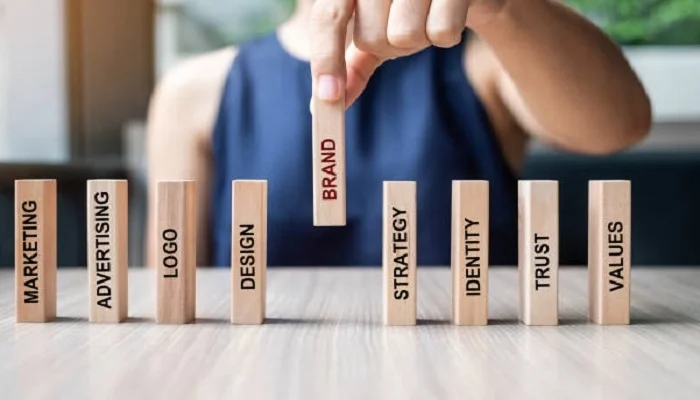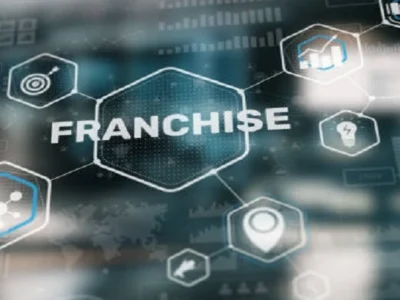Understanding the Different Startup Stages
Each startup embarks on a transformative journey that progresses through distinct and demanding stages—beginning with the spark of an idea, advancing into the validation and MVP (Minimum Viable Product) phase, navigating the growth trajectory, and ultimately reaching maturity or market expansion. Recognizing these stages is crucial for every founder, as each one shapes business priorities and how and when to engage outside experts.
As startups move forward into building their MVPs and collecting user feedback, their visual presence and storytelling become even more pivotal. Efficiency and sharp execution matter immensely, and turning to accomplished external creatives is a frequent shortcut to achieving early credibility while preserving internal bandwidth for core product work. This is when many founders seek a boutique digital studio for startups, confident that expert guidance offers both scalability and adaptability—two essentials in the volatile world of startups. When a startup achieves early traction and turns toward scaling, sustained, creative partnership enables seamless brand consistency, clarity in all customer touchpoints, and the capacity to experiment swiftly. Entering the maturity or expansion phase, the startup’s needs may involve sophisticated product launches, reputation building, or market repositioning—areas where creative expertise is helpful and strategic.
The Role of Creative Partners in Startup Growth
Creative partners do far more than produce logos or color palettes. They are translators of vision, transforming business concepts into stories, experiences, and designs that win over investors, motivate early hires, and help users fall in love with your product. For founders, choosing a creative ally who can balance blue-sky thinking and disciplined execution is a make-or-break decision. In the initial stage, the right partner is nimble—acting as a sounding board and rapid responder when big pivots or last-minute pitches arise.
Creative partners are vital in distilling complex technology or novel ideas into approachable, persuasive messaging. Their impact is seen in everything from initial wireframes, and user flows to social graphics and investor presentations. More than simply executing tasks, these teams connect a founder’s passion to practical strategies, helping clearly communicate value propositions and ensuring every element aligns with business goals.
As the startup matures, creative partners become the guardians of brand consistency and user experience quality. Their outside perspective and cross-industry expertise help identify and capitalize on new opportunities while keeping brand identity and voice clear across all channels. A trusted creative team not only reacts to founder requests but proactively identifies areas for innovation—recommending new features, campaigns, or branding tweaks as market feedback changes. Their broader vision often steers startups away from costly missteps, guiding aesthetics into a true growth strategy.
Essential Qualities to Look for in a Creative Agency
It’s easy to put portfolios and design style first when looking for a creative partner. Soft skills, like being deeply curious, able to listen carefully, being comfortable with ambiguity, and truly aligning with founder values, are more valuable in the long run. Agencies that want to know “why” behind every request or challenge show that they care about more than just getting the job done. They care about how your business does as well. It’s important that they are flexible—they should be able to handle course corrections with ease and do well in a setting where plants change based on user feedback.
Trust is built through open communication and honesty. The best agencies keep founders informed about progress and possible problems. Supportive feedback when it’s needed and honest feedback when it’s not is what makes teamwork work. According to the Harvard Business Review, creative agencies that offer both strategy and empathy, as well as critical perspective while respecting the founders’ goals, are the best for young businesses. Strategic creative partners don’t follow trends or bend to every fad. Instead, they base their suggestions on your goals and the needs of your users.
Lastly, think about how the agency has helped other startups in the same stage as yours in the past. Ask for stories. How did they help businesses reposition themselves after getting bad feedback, adjust to a change in the market, or quickly raise awareness of their brand? This is a test of more than just design credentials; it’s also a test of practical resilience and partnership style.
The Value of a Boutique Studio Approach
Boutique studios offer an ideal blend of agility, attention, and entrepreneurial spirit. With lean teams and senior-level elevation, every interaction is with someone who understands the startup mindset and is actively invested in your success. A smaller scale means decisions happen faster, projects roll out more smoothly, and you benefit from continuous collaboration rather than periodic check-ins.
Unlike sprawling agencies, where creative vision might be diluted as it moves through layers of management, boutique partners keep communication simple and project ownership clear. Their processes flex for quick project pivots, and their networks supply added expertise as your needs expand—photographers, copywriters, motion specialists, and more, all hand-picked for best fit.
Boutique studios bring high energy and a willingness to challenge assumptions—qualities that resonate with fast-paced startups. Partnerships with these firms often result in solutions uniquely molded to your evolving requirements rather than generic approaches. Many founders report feeling a level of authentic partnership, shared purpose, and mutual accountability with boutique teams that is difficult to replicate at larger, more generalized agencies. This relational closeness can be the key ingredient for transformative work, fostering deep trust and encouraging bolder creative risks over time.
Aligning Vision and Communication Styles
The founder and agency of a creative project may not agree on what success really means, and the project may fail. Share where you want your brand to go, what values guide your work, and who matters most to you so you don’t get off track or miss out on opportunities that could have been valuable. Outline your desired feedback style, response times, and decision-making criteria, as well as the goals and outcomes you hope to achieve.
Standing meetings, project dashboards, and collaborative tools can all help keep information flowing, timelines on track, and priorities clear in creative partnerships that work. There needs to be trust between both sides for ideas to grow, risks to be discussed openly, and course corrections to happen quickly rather than at the last minute, as noted by Fast Company.
Picking a partner who can work well in asynchronous settings is also important as distributed teams and remote-first work environments become more common in startup culture. You’ll be able to keep your projects moving while your brand changes to fit any global setting thanks to this increased flexibility.
Budgeting and Investment in Creative Collaboration
Crafting a realistic creative budget is both an art and a science. During the earliest phase, you may only need foundation pieces: a logo, a landing page, or a social toolkit to invite beta users. Conservative spending here makes sense, preserving the runway for core product development. Still, those first visuals will have a long tail—a poor first impression can be harder to repair than to prevent; thus, careful agency selection is a worthy investment.
As you secure early wins, collaborations can expand in scope and budget. A growing user base will require a unified user experience, more robust digital campaigns, and a curated visual brand. At this stage, treat every dollar spent with your agency as an investment in customer trust and brand memory. An effective partner will explain their pricing model, suggest phased rollouts aligned with key business milestones, and provide clear ROI on every project.
Eventually, as scaling demands arise, creative budgets may need to stretch to include regional marketing, PR support, and new product launches. Budgeting should not be static; revisit it as business needs change. Teams that treat creative investment as strategic (not just operational) are better positioned to capture momentum, convert users quickly, and maintain brand integrity as markets shift.
Long-Term Growth through Strategic Partnerships
The most impactful agency relationships grow along with your business. An agency that helps articulate your earliest story can later evolve into the partner who reinvents your messaging for new markets, crafts product launches or defines your internal brand culture. This continuity builds efficiency—the creative team understands your brand history, strengths, and quirks—resulting in faster onboarding, more coherent storytelling, and long-term cost savings.
With time, this relationship translates into strategic trust. When urgent pivots or crisis communications are needed, you have a creative partner already versed in your priorities and can respond without delay. Startup alumni routinely mention the value of these sustained partnerships, especially as they transition from launch mode to maturity or acquisition. Agencies that stick around become keepers of institutional knowledge, innovation-sparring partners, and change agents when the time is ripe for a major evolution.
Ultimately, choosing a creative partner for your startup is more than portfolios or price—it’s about selecting a collaborative ally to support, challenge, and grow with you. That decision will echo from your first investor pitch through every growth stage, ensuring your vision stands out and remains resilient in a fast-evolving business world.
Pedrovazpaulo Executive Coaching: Unlocking Potential with Its Power









Comments